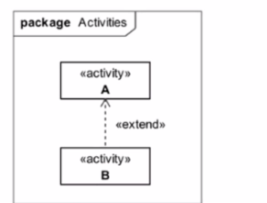OMG OMG-OCUP2-ADV300 - OMG Certified UML Professional 2 (OCUP 2) - Advanced Level
Choose the correct answer:
What two protocol state machine interpretations can be defined?
Choose the correct answer:
What happens when an Exception Handler completes execution?
Choose the correct answer:
Which input element does lexical analysis of Action Language for Foundational UML text discard?
Choose the correct answer:
Which statement is correct about a Decision Node?
Choose the correct answer:
Consider the following diagram:
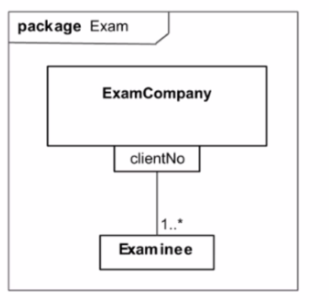
What kind of model element is chentNo?
Choose the correct answer:
You are asked to provide UML model content such that other modelers may use the Classes of your model as modular, partial specifications to be more fully specified by their models. You decide to provide a Vehicle Class that represents a partial specification of automobiles and allows tailoring of this class through the other modelers' choices of kinds of propulsion such as a gasoline motor, an electric engine, or a manual cyclesystem. You want to limit whichClass kinds the other modelers can choose as their propulsion system.
Which tactic appropriately exploits UML's syntax and semantics for modular reification?
Choose the correct answer:
A group of programming language designers want to create classes that model typical data collections such as arrays, lists, maps. etc.
Their design must satisfy three conditions:
1. The collections must be parameterizable to support any data type.
2. Some collections must inherit from other collections to leverage reuse of functionality.
3. The implementation of the collection functions cannot be overridden.
Which UML concept should these designers use?
Choose the correct answer: What is the scope of fUML?
Choose the correct answer:
In addition to ObjectFlow. which mechanism could be used to move data within an Activity?
Choose the correct answer:
A behavior A is specified by an Activity. A specialized version B of the behavior shall also be specified
Which is a correct approach to model that scenario?
A)
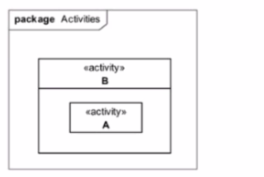
B)
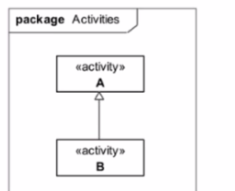
C)
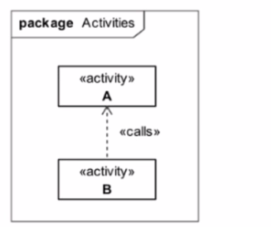
D)
